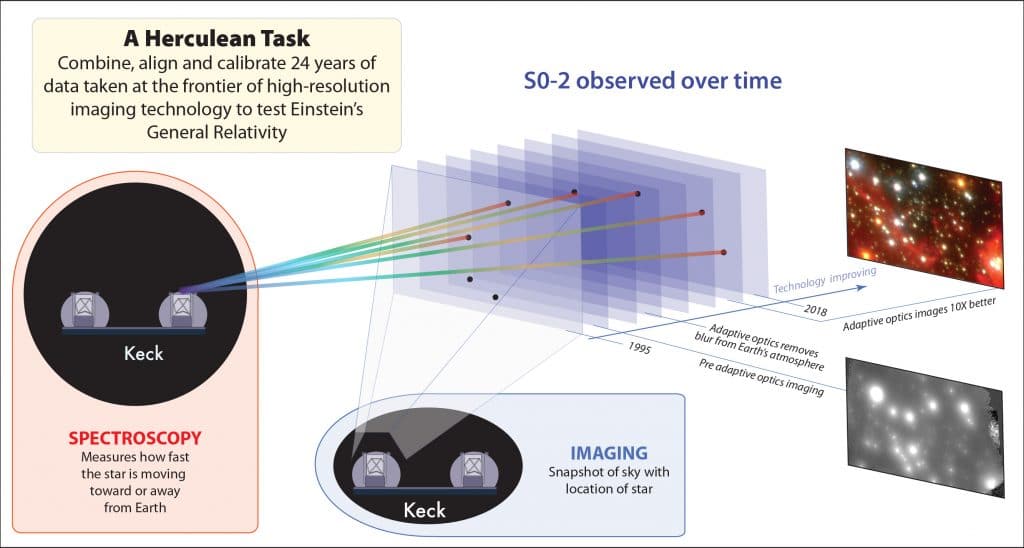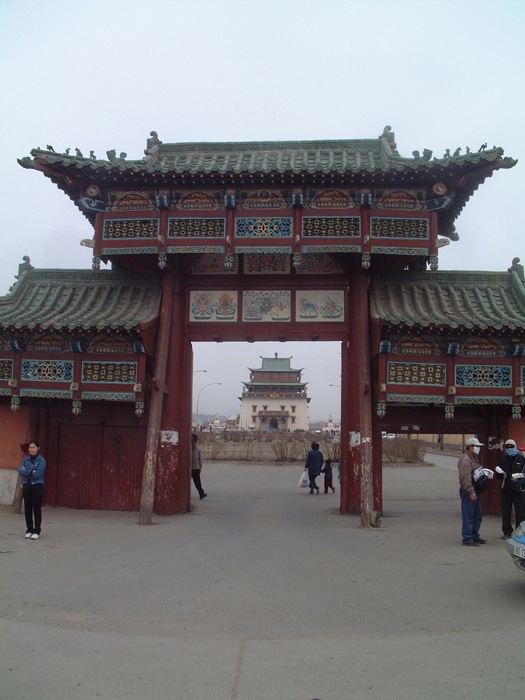We congratulate Dr. Andrea Ghez (of UCLA) for being one of three physicists to share this year’s Nobel Prize in Physics (and fourth woman winner in physics ever)!
Zina had the honor of working with Dr. Ghez and her team last year. Zina, Alan and Michel Bohbot created this silent, explanatory animation of how many pieces of info are needed to really describe the orbit of a star around a black hole.
And here is an illustration showing the enormous amounts of data Dr. Ghez has collected, and interpreted over the years, even as she was pushing the technology that allowed her to do so.

NobelPrize.org described Dr. Ghez’s and her co-winner’s work as such: Reinhard Genzel and Andrea Ghez each lead a group of astronomers that, since the early 1990s, has focused on a region called Sagittarius A* at the centre of our galaxy. The orbits of the brightest stars closest to the middle of the Milky Way have been mapped with increasing precision. The measurements of these two groups agree, with both finding an extremely heavy, invisible object that pulls on the jumble of stars, causing them to rush around at dizzying speeds. Around four million solar masses are packed together in a region no larger than our solar system.
Using the world’s largest telescopes, Genzel and Ghez developed methods to see through the huge clouds of interstellar gas and dust to the centre of the Milky Way. Stretching the limits of technology, they refined new techniques to compensate for distortions caused by the Earth’s atmosphere, building unique instruments and committing themselves to long-term research. Their pioneering work has given us the most convincing evidence yet of a supermassive black hole at the centre of the Milky Way.
“The discoveries of this year’s Laureates have broken new ground in the study of compact and supermassive objects. But these exotic objects still pose many questions that beg for answers and motivate future research. Not only questions about their inner structure, but also questions about how to test our theory of gravity under the extreme conditions in the immediate vicinity of a black hole”, says David Haviland, chair of the Nobel Committee for Physics.
Photo of Dr. Ghez by Elena Zhukova/University of California

